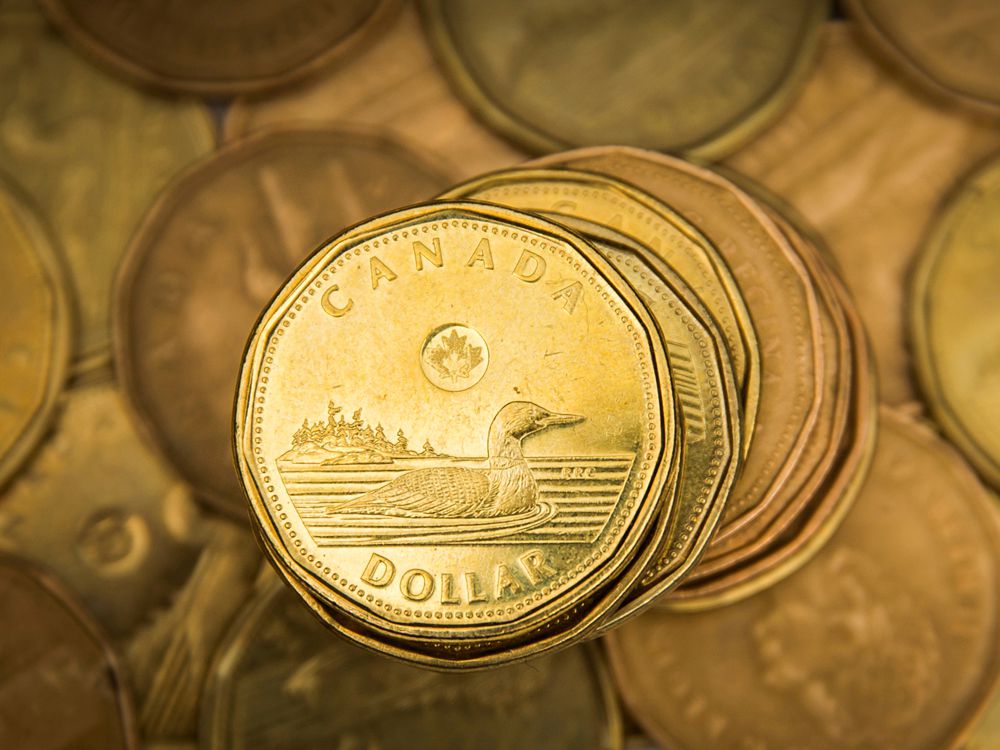Article content continued
“On the other hand, what we’re seeing now is most of the appreciation in the Canadian dollar is coming because of a broad-based depreciation of the U.S. dollar,” Macklem told reporters during a press conference. “That’s not a made-in-Canada development. So, the exchange rate is becoming a factor in its own right in our projection.”
Macklem’s comments followed the Bank of Canada’s decision to leave its key interest rate unchanged at 0.25 per cent. The loonie rose from about 78.7 cents US pre-decision to more than 79 cents US shortly after.
In making its announcement, the central bank said the world is still rife with uncertainty, and that the economic outlook continues to hinge on the coronavirus pandemic and vaccine rollouts. A stronger dollar could throw another wrench into that economic outlook.

“Appreciation of the Canadian dollar creates direct downward pressure on inflation by lowering the prices of imports,” Wednesday’s monetary policy report said. “Further appreciation of the Canadian dollar could slow output growth by reducing the competitiveness of Canadian exports and import-competing production. Slower output growth would also imply more disinflationary pressures.”
Inflation — a measure of how much the prices for goods and services are increasing — is key to the Bank of Canada’s monetary policy decisions, namely the setting of its key interest rate. The bank’s target for inflation is a two per cent year-over-year increase in the consumer price index (CPI), which measures the change in cost of a basket of products.
Source link





